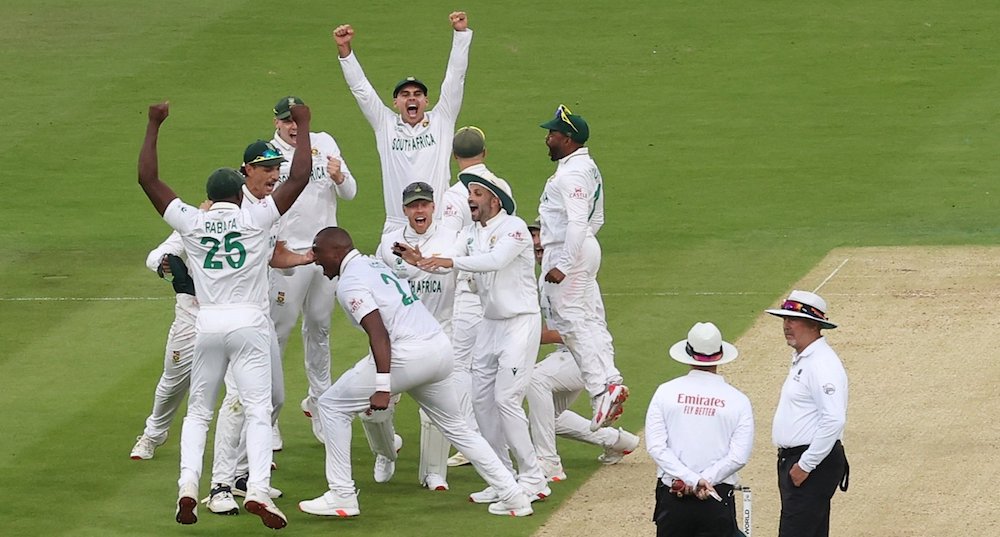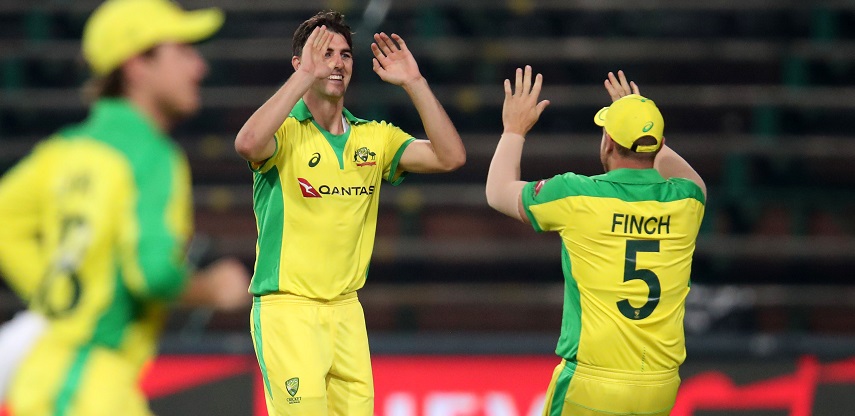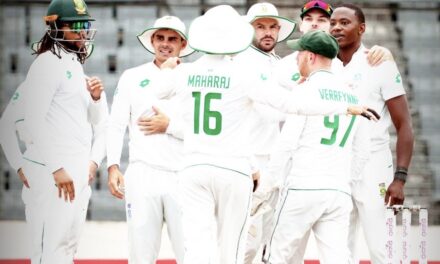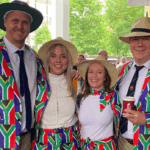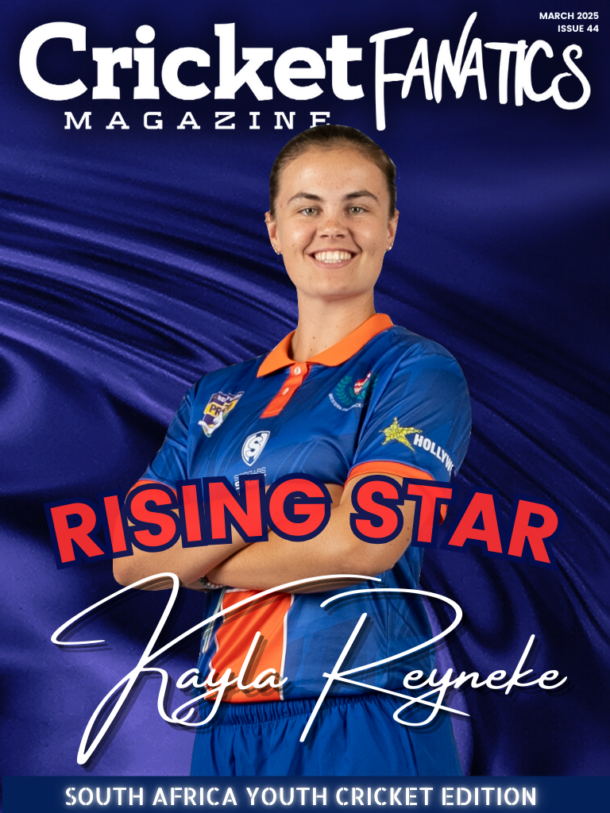To review or not to review, that is the question. Whether ’tis nobler to refer it to DRS and suffer the slings and arrows of hawk-eye’s fortune, or to take the umpire’s decision, and by not opposing, end your innings?
The modern game so often hinges on 15 seconds. On Day 2 at Lord’s, there were four such moments. One where SA fans were given the hope that Temba Bavuma, the man who seemingly does not know if he has edged the ball, was given a reprieve. The second was where his opposing Captain, Pat Cummins, called correctly and sent Kyle Verreynne on his way.
The third was when Bavuma backed his bowler Lungi Ngidi to see the back of Steve Smith, the batter with the highest number of runs by a visiting player at Lord’s. The fourth was when Carey’s edge saved him from an early shower. All where the original decisions were reversed.
It is at such moments that matches are decided. The collapse that followed the Verreynne dismissal saw the Proteas fall 74 runs short of Australia’s total. South Africans across the world groaned, it’s the hope that kills you…
Before the day’s play, I station myself outside the Heyhoe-Flint gate. Talking to the fans from both teams, the excitement of being at Lord’s for the WTC Final is evident. A former colleague recognises me. He stops for a chat, and tells me he has a ticket for the Mound Stand.
It’s his first time at Lord’s. The young Aussie cricketer I approached for a chat was equally thrilled to be here. I know I have mentioned this before, but there is history everywhere at the home of cricket.
I do a little research into the origins of the names around the ground. The Edrich, Compton, Allen and Warner stands commemorate legends of Middlesex and English Cricket. Apart from his cricket career, Bill Edrich was awarded the Distinguished Flying Cross in the Second World War for “courage and resolute determination” flying a Blenheim Bomber over Cologne in 1941.
Both Plum Warner and Gubby Allen were knighted for their services to sport. Denis Compton was awarded a CBE and famously also won the FA Cup as an Arsenal player in 1950. It is only fitting that their legacy is enshrined here.
The Mound Stand is named rather banally after the clay mound on which the original stand was designed by Frank Verity in 1898. It was rebuilt in 1987, but the 7 original brick arches remain.
It is in these stands that the cheers go up as Cummins achieves the best-ever bowling figures by a captain at Lord’s. He finishes with 6/28, tearing the heart out of the Proteas’ first innings. The crowd is fully engaged in this enthralling contest. As Australia plunge to 66/6 in their second knock, the cries of “Olé, Ole, Olé” reverberate around the ground from the South African faithful.
This is what they came for. The ebb and flow of test cricket, the punching and counter-punching, first one team in the ascendancy and then the other.
As we end the second day of the Test match, the game is still in the balance. Advantage Australia, but as batter David Bedingham says of the Proteas dressing room, there is belief. It is living up to its billing as the Ultimate Test.
Day 2 is done, day 3 awaits.

